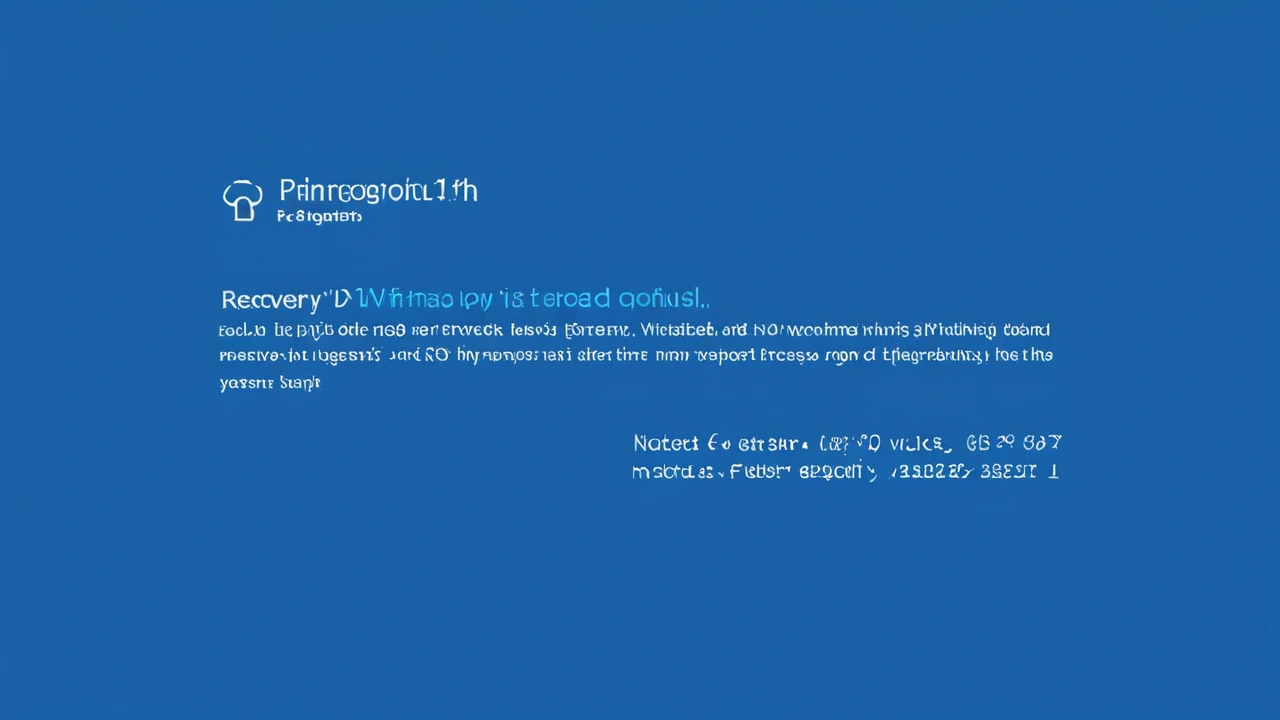
Global Disruption Caused by Faulty Cybersecurity Update
A recent software update pushed by cybersecurity firm Crowdstrike has sent ripples across the globe, leading to widespread disruptions on Microsoft Windows computers. The update, intended to enhance the security of systems, instead triggered the infamous 'Blue Screen of Death' (BSOD), causing both panic and inconvenience among users. The issue was identified as a coding error, not a cyberattack, according to Crowdstrike CEO George Kurtz. While this clarification brings some relief, the path to rectification remains challenging and labor-intensive.

Extent of the Impact
The ramifications of this malfunction have been felt across numerous sectors, from healthcare and finance to transportation and daily business operations. Hospitals, in particular, found themselves grappling with system outages, leading to delays in accessing critical patient records and scheduling appointments. One of the most impacted regions has been the United Kingdom, where NHS England confirmed significant disruptions. Patients faced delays, cancellations, and general inefficiencies as healthcare providers struggled to manage systems plagued by the BSOD.
Aviation and Financial Sector Disruptions
Among the hardest hit industries were aviation and financial institutions. Airline check-ins and flight operations faced significant interruptions, leading to delays and cancellations that frustrated travelers and airline staff alike. Financial institutions, too, felt the blow as critical systems were rendered temporarily unusable, leading to delays in transactions and other banking services. This unanticipated downtime raised concerns about how reliant these sectors are on continuous, seamless operations, and highlighted the cascading effects a single software issue could have.

Response from Crowdstrike
George Kurtz, CEO of Crowdstrike, was quick to address the concerns stemming from this widespread disruption. In a statement, he assured the public and affected industries that the problem was due to a coding error rather than a security breach or cyberattack. “Our initial review has confirmed that this was not the result of a cyberattack or any malicious activity,” Kurtz said. “It was a coding error which we have since identified, isolated, and rectified.”
The resolution requires manual updates on each affected machine, a process that itself presents logistical challenges. Given the scope of the systems impacted, IT departments worldwide are now tasked with the painstaking job of implementing these fixes to restore functionality.
Steps Towards Recovery
Recovery from this incident is proving to be a time-consuming process. The manual nature of the required updates means that IT teams must individually address each impacted machine, ensuring that the fix is implemented correctly and that systems return to their regular functionality. This labor-intensive process has drawn significant human resources away from other critical tasks, further compounding the operational inefficiencies caused by the initial malfunction.
Businesses and institutions are also scrambling to communicate with their stakeholders, providing timely updates on progress and setting realistic expectations for system restoration. Meanwhile, Crowdstrike is under increasing scrutiny not just for the initial coding error but also for their response and the effectiveness of their recovery measures.
Implications and Lessons Learned
This incident has highlighted several critical issues regarding the reliance on software updates and the potential for widespread impact when things go wrong. For one, it underscores the importance of rigorous testing procedures before rolling out updates, especially those intended for cybersecurity enhancements. Secondly, it has brought to the forefront the necessity for robust contingency planning. Businesses and institutions that had strong backup and recovery plans in place were able to mitigate some of the adverse effects more effectively than those without.
Industry-Wide Repercussions
The debacle also serves as a cautionary tale to the broader software and cybersecurity industry. As digital systems continue to become more integrated into every facet of daily life—from healthcare to travel and finance—the stakes of software reliability have never been higher. Companies may need to reconsider their protocols for update deployment, ensuring that any changes are fail-safe and that contingency measures are well established and easy to implement.
The story of this Crowdstrike update failure is far from over. With many systems still in the process of recovery and various industries still grappling with the aftershocks, the full scope of the impact will only be understood in the weeks to come. As always, the hope is that such incidents push the envelope towards more stringent safeguards, better testing, and more resilient systems to prevent future disruptions on this scale.





